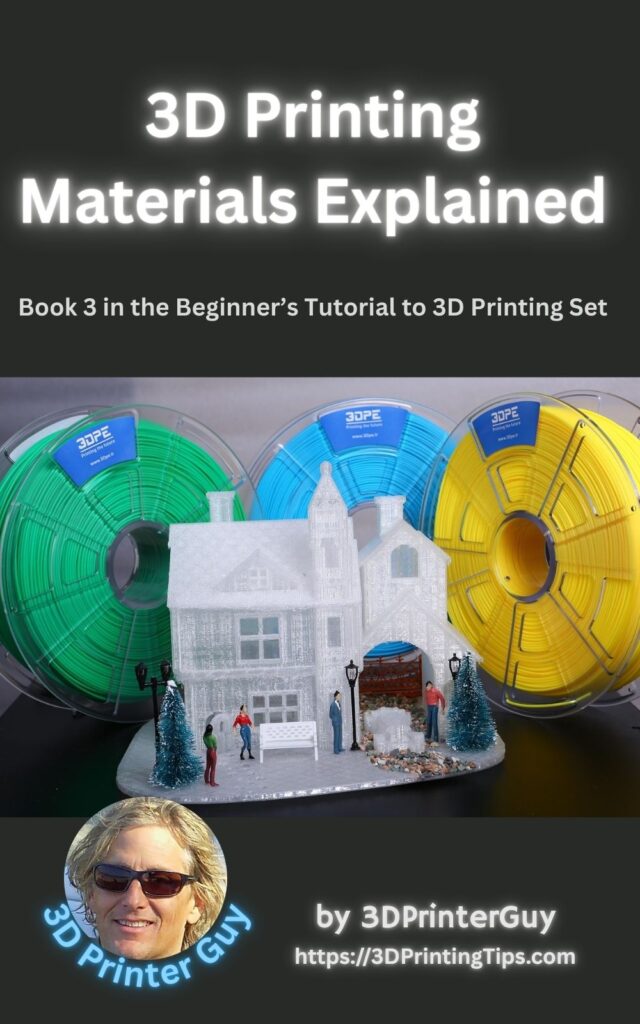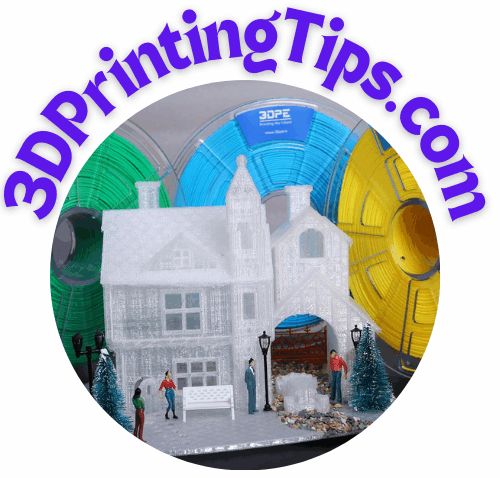
This tutorial explains the 3D Printer Materials you will use to print your 3D designs, and covers PLA, ABS, PETG, and other more exotic types of printing filaments.

Tutorial Outline: Mastering 3D Printing Materials
Introduction to 3D Printing Materials
- Overview of 3D printing materials
- Importance of material selection
- Applications in different industries
Fundamentals of 3D Printing Materials
- Types of materials: Filaments, resins, powders, and specialty options
- Key properties: Strength, flexibility, heat resistance, and environmental impact
- How to classify and select the right material
PLA: Polylactic Acid
- Properties and benefits
- Strengths and limitations
- Tips for printing with PLA
- Common applications
ABS: Acrylonitrile Butadiene Styrene
- Properties and benefits
- Strengths and limitations
- Tips for printing with ABS
- Common applications
PETG: Polyethylene Terephthalate Glycol
- Properties and benefits
- Strengths and limitations
- Tips for printing with PETG
- Common applications
Exotic and Specialty Materials
- Overview of flexible, wood-filled, carbon fiber, metal, and conductive filaments
- Printing tips and challenges
- Common applications for specialty materials
Comparing Materials
- PLA vs. ABS vs. PETG
- Heat resistance, durability, and environmental impact
- Comprehensive material comparison table
Troubleshooting Common Issues
- Common problems with specific filaments and solutions
- Universal troubleshooting strategies
- Comprehensive troubleshooting table
Innovations in 3D Printing Materials
- Emerging materials: self-healing filaments, graphene-based filaments, biodegradable options
- Applications in healthcare, electronics, and industrial sectors
- Impact on sustainability and functionality
Storing and Maintaining Filaments
- Best practices for keeping filaments dry and organized
- How to revive moisture-exposed filaments
- Tools for filament maintenance
Expanding Your 3D Printing Knowledge
- Advanced techniques: dual extrusion, support structure optimization
- Specialty filaments and post-processing methods
- 3D scanning, design, and slicing software
- Tips for skill-building and community engagement
Appendices to 3D Printer Materials
- Glossary of technical terms.
- Reference tables (temperature settings, adhesion methods, etc.).


